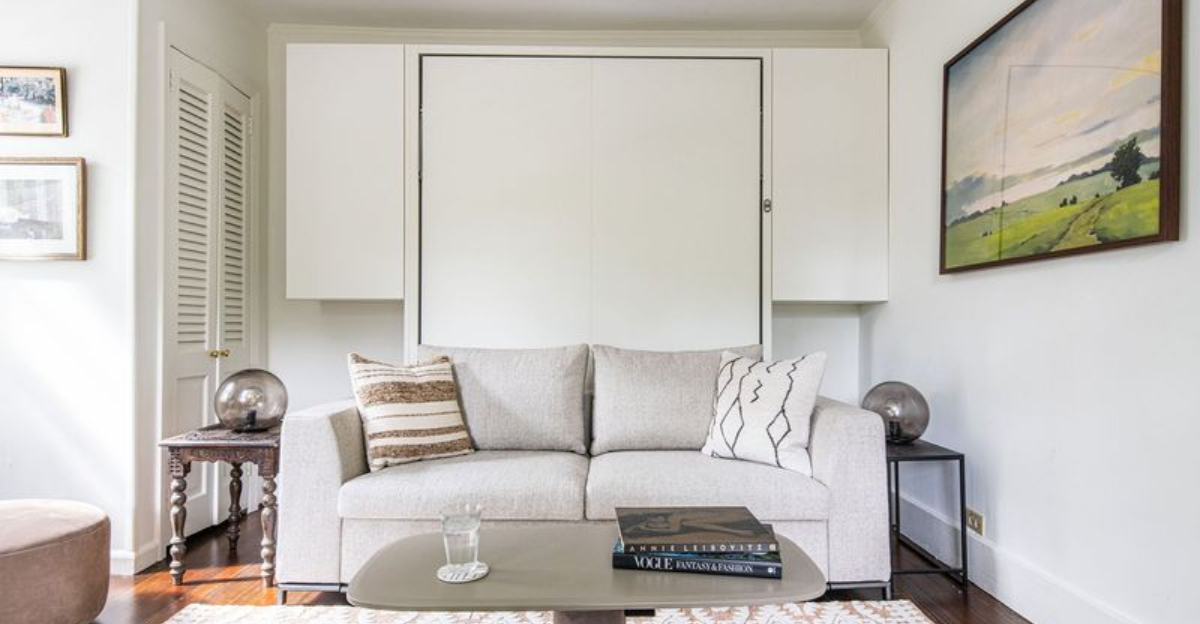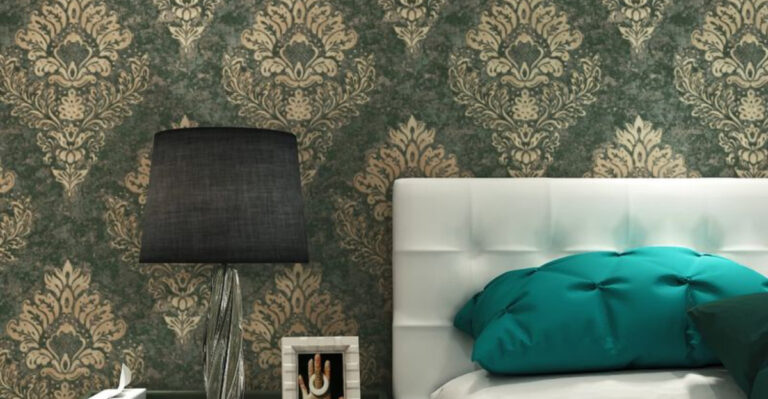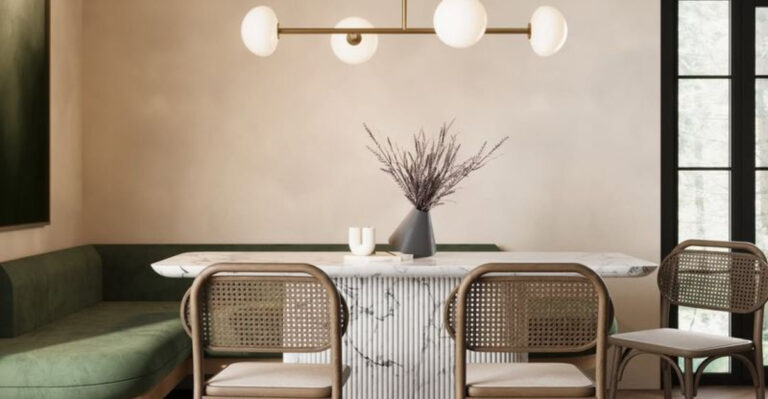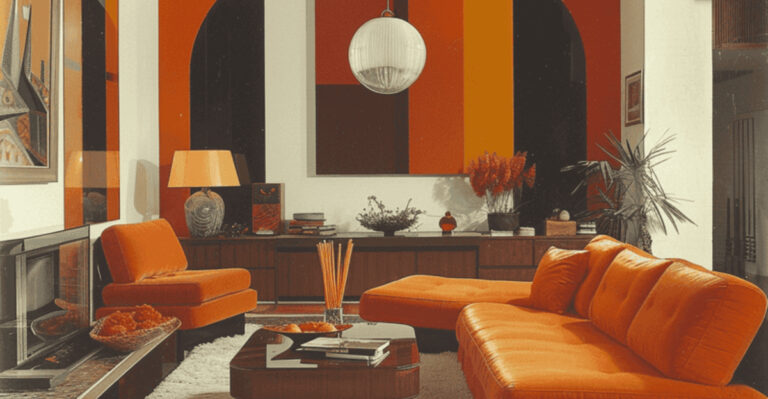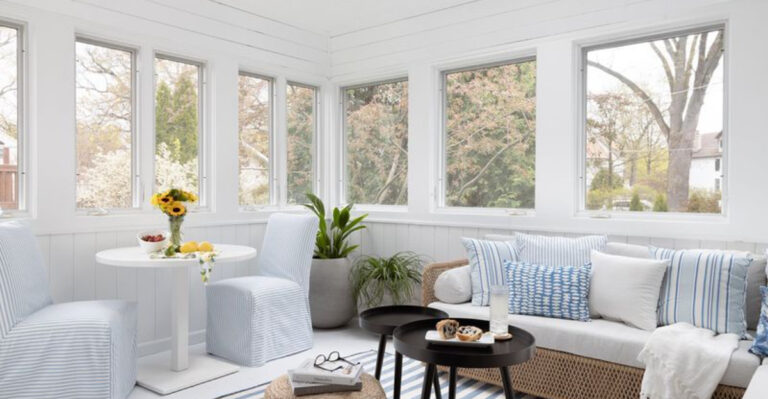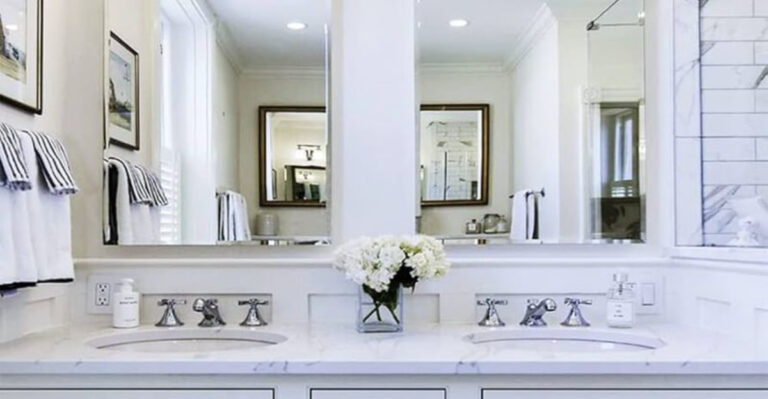15 HGTV Renovation Tricks That Only Work On TV And Never In Real Homes (Plus 5 Even Bigger Lies)
I’ll admit it, I’ve lost hours to HGTV marathons, completely hooked by those stunning before-and-afters. It all looks so effortless, right? But once I tried tackling my own renovation, reality hit hard.
Those quick turnarounds and dreamy budgets? Total fantasy. Behind the scenes, there are hidden costs, crews working around the clock, and editing magic that skips over the chaos.
Don’t get me wrong, those shows are fun to watch, but they set us up for some serious disappointment. If you’ve ever thought, *“How hard could it be?”*, trust me, it’s harder than it looks on TV.
1. Open Floor Plans Fix Everything
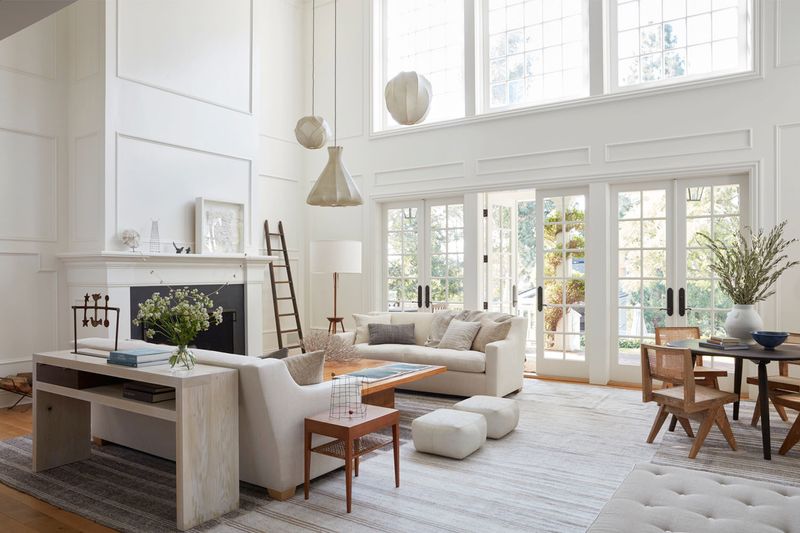
Knocking down walls looks effortless on TV, but reality hits hard when you discover load-bearing structures. Your dream open concept might require expensive steel beams or structural engineering.
Sometimes removing walls creates heating and cooling nightmares. Air circulation becomes uneven, and your energy bills skyrocket because one giant space is harder to regulate than separate rooms.
Plus, open floor plans eliminate privacy and sound barriers that many families actually need for daily life.
2. Complete Makeovers Happen In Three Days
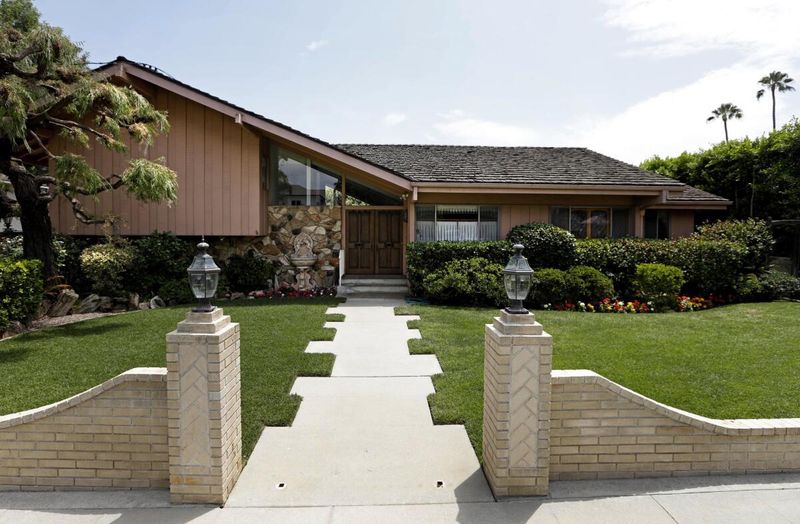
Television magic compresses weeks of work into digestible episodes. Real renovations involve permit delays, material shortages, and unexpected problems that can stretch projects for months.
Contractors need time to do quality work safely. Rushing electrical, plumbing, or structural changes often leads to dangerous shortcuts that cost more to fix later.
Weather delays, inspection schedules, and material delivery problems create realistic timelines that TV shows simply edit out for entertainment value.
3. Budgets Never Go Over The Initial Estimate
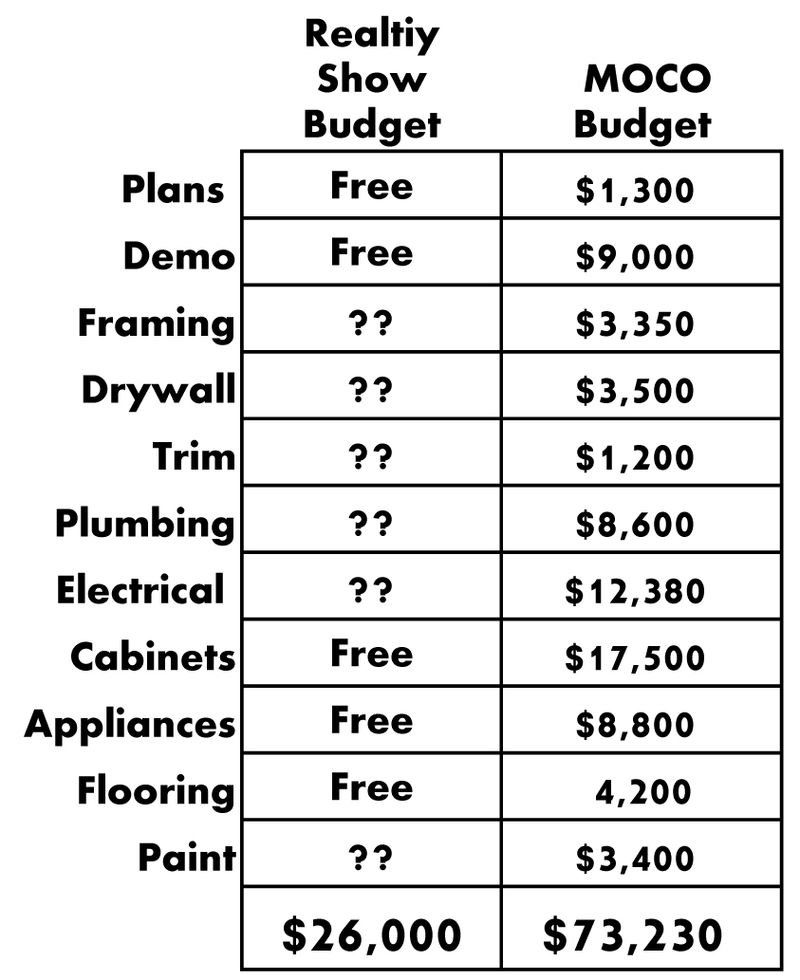
TV budgets conveniently ignore hidden costs like permits, inspections, and surprise structural issues. Real renovations typically cost 20-30% more than initial estimates.
When contractors discover outdated wiring, plumbing problems, or foundation issues, your budget explodes overnight. These discoveries happen during demolition, not before filming starts.
Material costs fluctuate constantly, and labor shortages drive prices up unexpectedly. Smart homeowners always plan for overruns that TV shows pretend don’t exist.
4. DIY Projects Always Turn Out Perfect
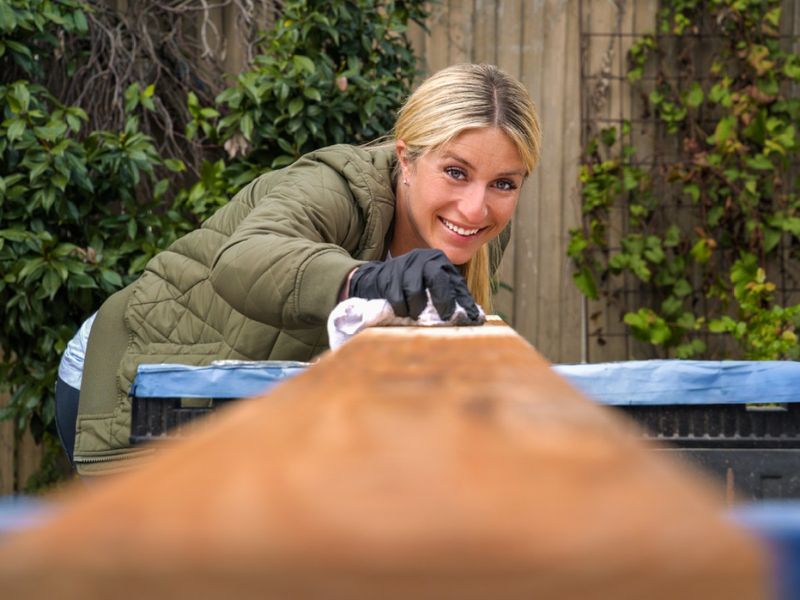
Professional crews secretly fix DIY disasters before cameras roll again. Those flawless tile jobs and perfect paint finishes require years of experience, not weekend enthusiasm.
Specialized tools and techniques make huge differences in final results. Without proper equipment and knowledge, your DIY bathroom could leak into the kitchen below.
Mistakes compound quickly in real renovations. One crooked cut or uneven measurement affects everything that comes after, creating expensive problems to correct.
5. Surprise Problems Never Happen
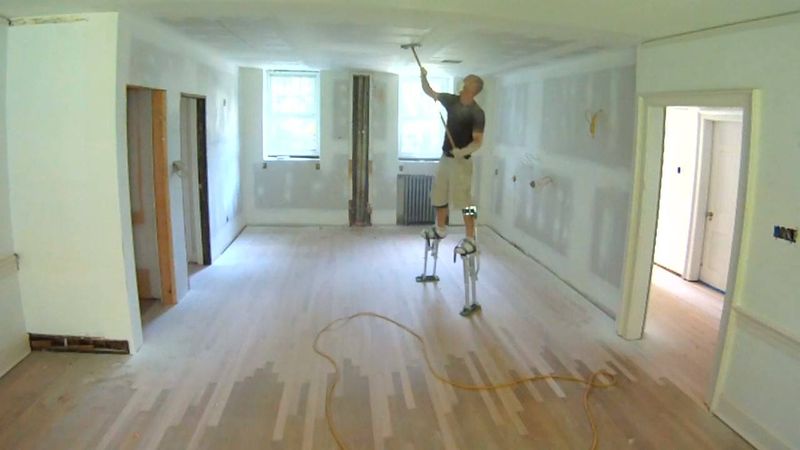
Reality TV edits out the nasty surprises that derail real renovations. Mold, asbestos, lead paint, and structural damage lurk behind walls in older homes.
Plumbing and electrical systems often need complete updates once walls come down. These discoveries can double your budget and timeline overnight.
Pest infestations, water damage, and foundation problems create health hazards that require immediate attention. TV shows skip these unglamorous but critical issues entirely.
6. Paint Transforms Everything Instantly
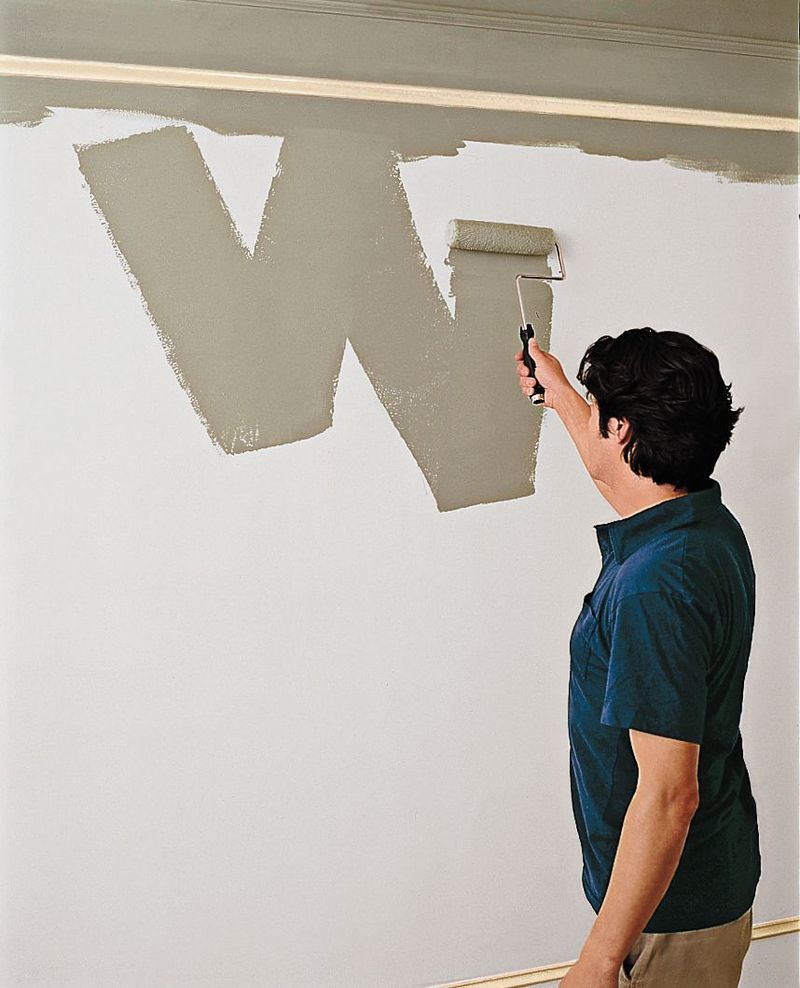
Fresh paint looks amazing on camera, but proper preparation takes longer than the actual painting. Cleaning, sanding, priming, and patching holes consume most of your time.
Different surfaces require specific primers and techniques. Skipping preparation steps leads to peeling, bubbling, and uneven coverage that shows up immediately in natural light.
Multiple coats, proper ventilation, and drying time between applications create realistic schedules that don’t fit TV timeframes or instant gratification expectations.
7. Furniture Fits Perfectly Every Time
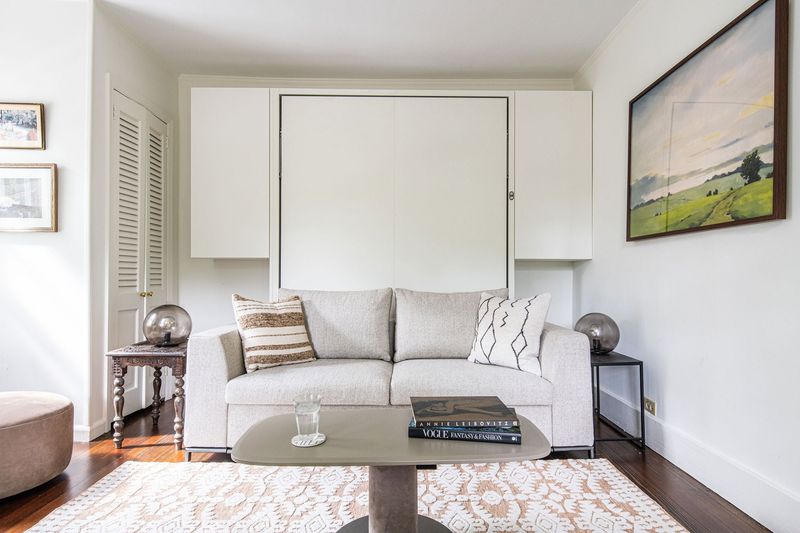
TV designers measure everything precisely and often custom-build furniture for specific spaces. Your existing couch might not fit the new layout at all.
Doorways, staircases, and hallways limit furniture size in real homes. That gorgeous sectional might require professional movers or complete disassembly to get inside.
Proportions matter more than style. Oversized furniture makes small rooms feel cramped, while tiny pieces get lost in large spaces.
8. Storage Solutions Solve All Clutter
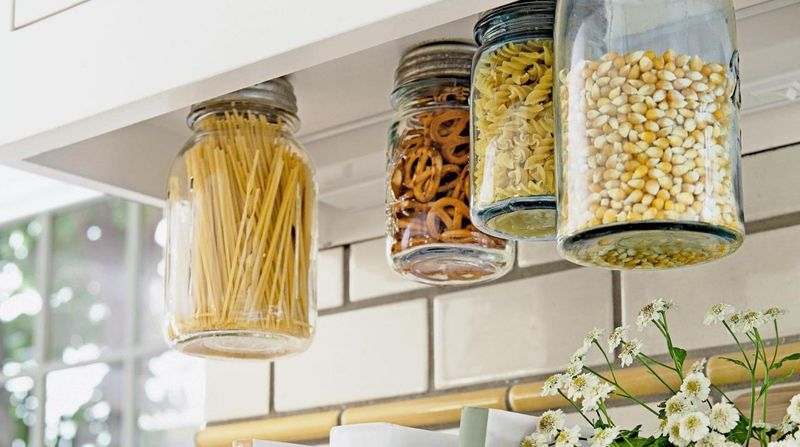
Beautiful built-ins look fantastic but might not accommodate your actual belongings. Custom storage costs significantly more than TV shows suggest.
Real families accumulate oddly-shaped items that don’t fit into perfect cubbies and baskets. Seasonal decorations, sports equipment, and childhood keepsakes need flexible storage options.
Maintenance becomes a full-time job when every item needs a designated spot. Most people prefer functional storage over picture-perfect organization systems.
9. Kitchens Function Like Magazine Photos
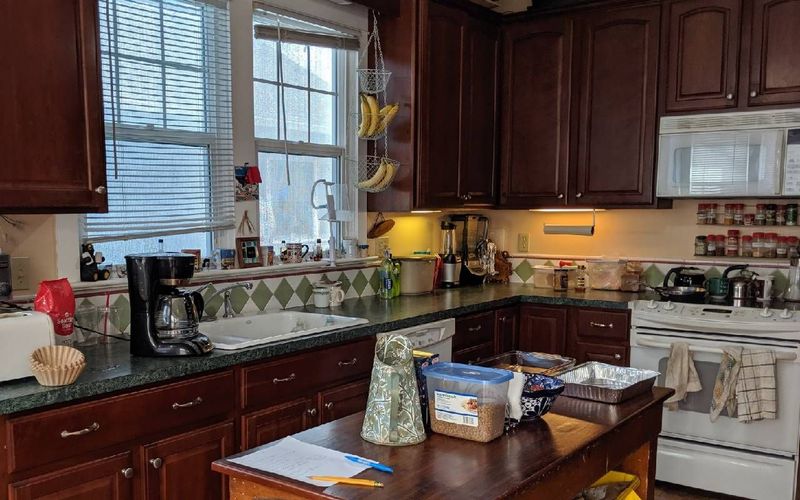
TV kitchens stay spotless because nobody actually cooks in them. Real kitchens need practical counter space, adequate storage, and easy-to-clean surfaces.
Those gorgeous white cabinets show every fingerprint and food splatter. Open shelving collects grease and dust that requires constant cleaning and organizing.
Island seating looks elegant but creates cramped walkways. Cooking, cleaning, and daily life require more space than camera-friendly layouts typically provide.
10. Bathrooms Never Have Ventilation Issues
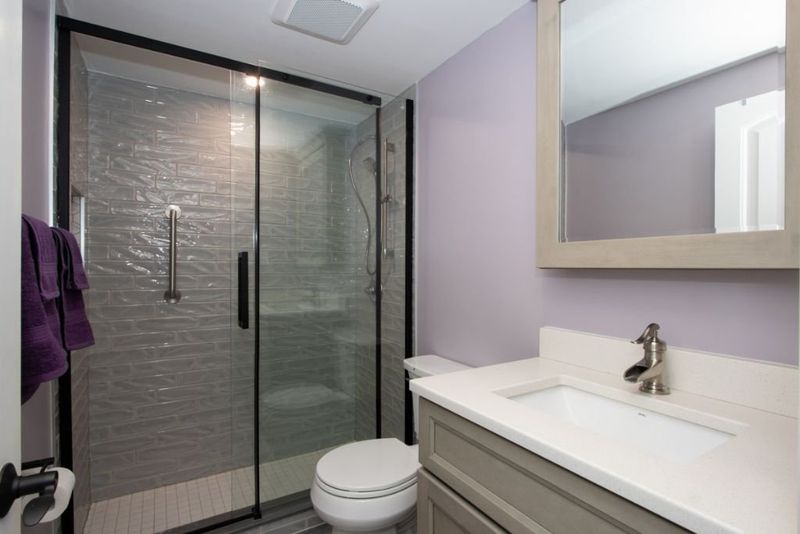
Gorgeous bathroom renovations skip boring details like proper ventilation and waterproofing. Poor airflow creates mold problems that destroy beautiful finishes quickly.
Steam from hot showers needs somewhere to go. Without adequate exhaust fans and moisture barriers, your dream bathroom becomes a maintenance nightmare.
Tile work requires perfect waterproofing behind the scenes. Cutting corners on these invisible details leads to expensive water damage and health hazards.
11. Hardwood Floors Install In Hours
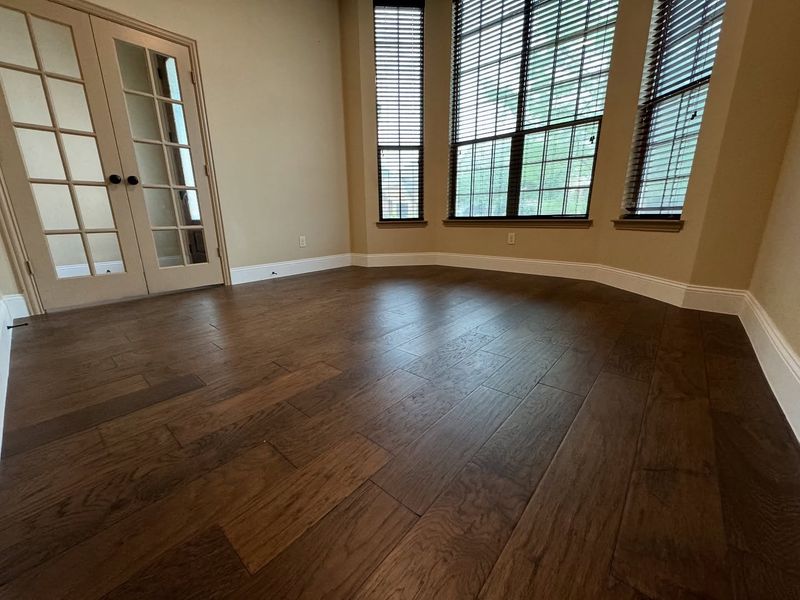
Installing hardwood flooring requires days of preparation that cameras never show. Subfloors need leveling, moisture testing, and sometimes complete replacement.
Wood needs time to acclimate to your home’s humidity levels. Rushing this process causes gaps, buckling, and expensive repairs later.
Professional installation involves precise measuring, cutting, and finishing work. Each plank must fit perfectly, and final sanding and sealing take additional time.
12. Electrical Work Is Simple And Quick
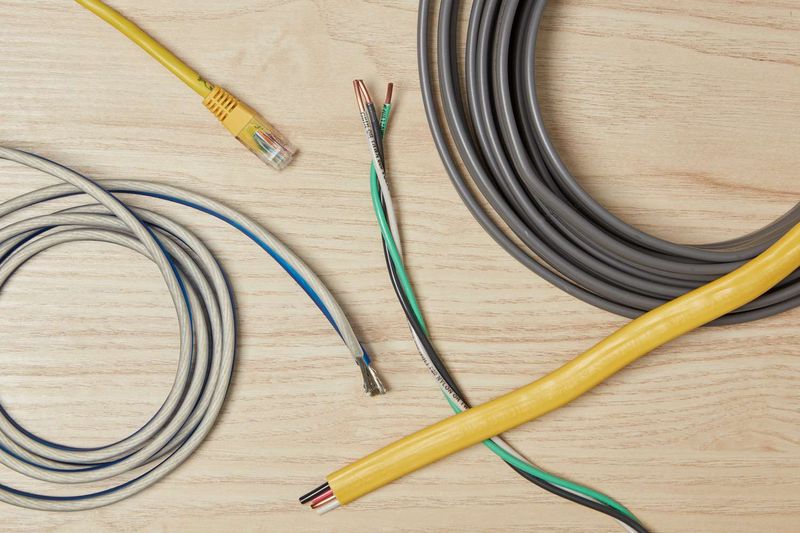
Electrical upgrades require licensed professionals and often trigger code compliance requirements for entire systems. Simple outlet additions can require panel upgrades.
Old wiring might not support modern appliances and electronics. Bringing electrical systems up to current codes costs much more than TV budgets suggest.
Permits and inspections add time and expense that shows never mention. Safety regulations exist for good reasons that entertainment value can’t ignore.
13. Plumbing Moves Easily Anywhere
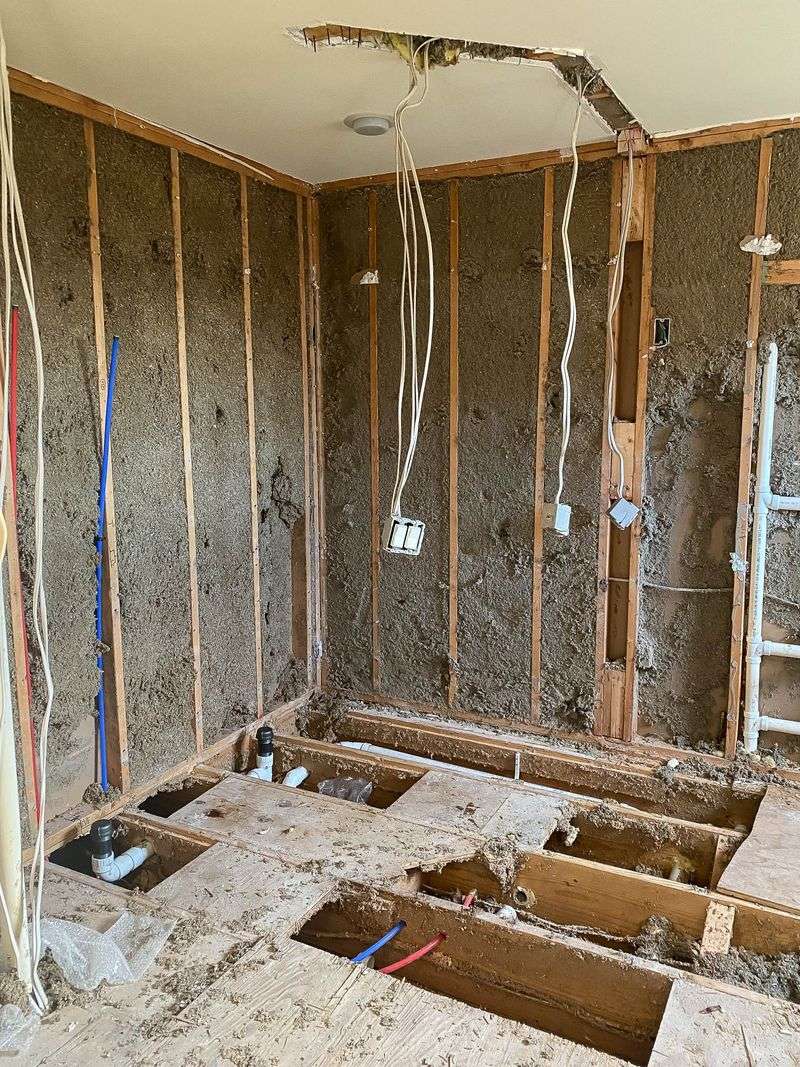
Moving plumbing requires rerouting water lines, drainage systems, and venting through walls and floors. This work affects multiple rooms and structural elements.
Gravity controls drainage flow, limiting where fixtures can relocate. Moving a toilet or shower often requires expensive floor modifications and permit approvals.
Water pressure and flow rates depend on pipe sizing and routing. Poor planning creates weak showers and slow-filling toilets that ruin daily routines.
14. Outdoor Spaces Need No Maintenance
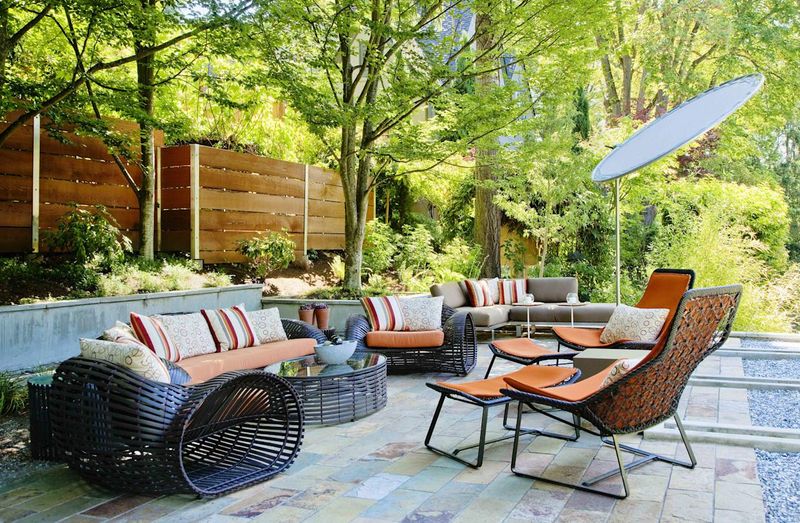
Gorgeous outdoor renovations require constant upkeep that TV shows never discuss. Weather, insects, and seasonal changes destroy beautiful finishes quickly without proper maintenance.
Deck staining, plant care, and cleaning become ongoing expenses and time commitments. Those perfect landscapes need professional maintenance or dedicated weekend work.
Outdoor furniture and decorations need storage during harsh weather. Your beautiful patio might look bare half the year in many climates.
15. Smart Home Technology Works Flawlessly

Smart home installations look effortless on TV but require strong internet connections, compatible devices, and ongoing software updates that often fail.
Different brands rarely work together seamlessly. Your smart lights might not communicate with your security system, creating frustrating daily experiences.
Technology becomes obsolete quickly, leaving expensive systems outdated within years. Troubleshooting connectivity problems becomes a regular household chore that nobody mentions on camera.
16. Permits And Inspections Don’t Exist
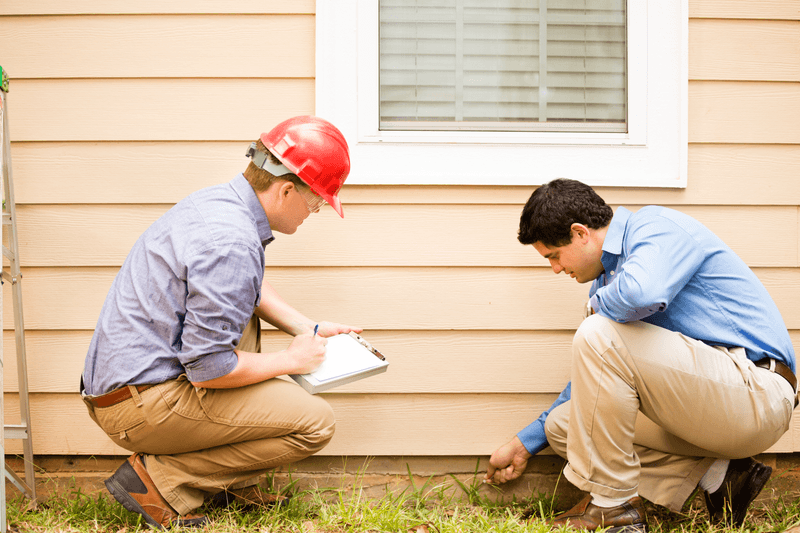
TV renovations magically skip permit applications, inspection schedules, and code compliance requirements that govern real construction projects in most areas.
Structural changes, electrical work, and plumbing modifications require professional permits and multiple inspections. These processes add weeks to project timelines.
Working without permits creates legal problems when selling your home. Insurance companies might deny claims for unpermitted work, creating expensive liability issues.
17. Materials Arrive Exactly When Needed
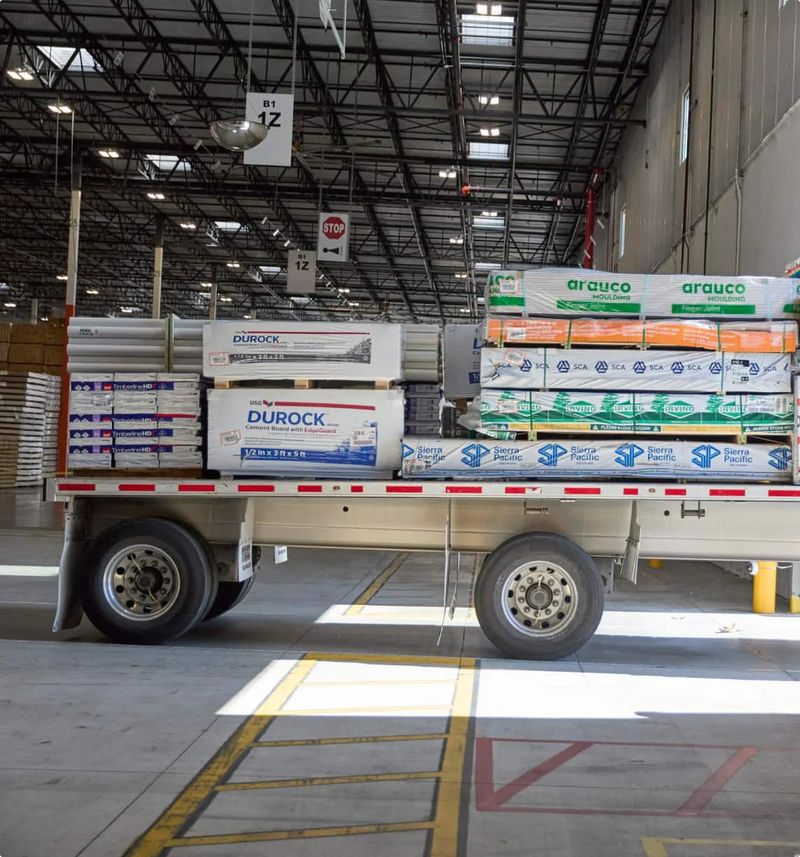
Supply chain disruptions, shipping delays, and material shortages regularly derail real renovation schedules. That perfect tile might be backordered for months.
Custom orders require extended lead times that don’t fit TV production schedules. Special finishes, unique sizes, and designer selections often need weeks of waiting.
Damaged shipments, wrong colors, and manufacturing defects create additional delays. Real renovations require backup plans and flexible scheduling that shows never address.
18. Everyone Loves The Final Results
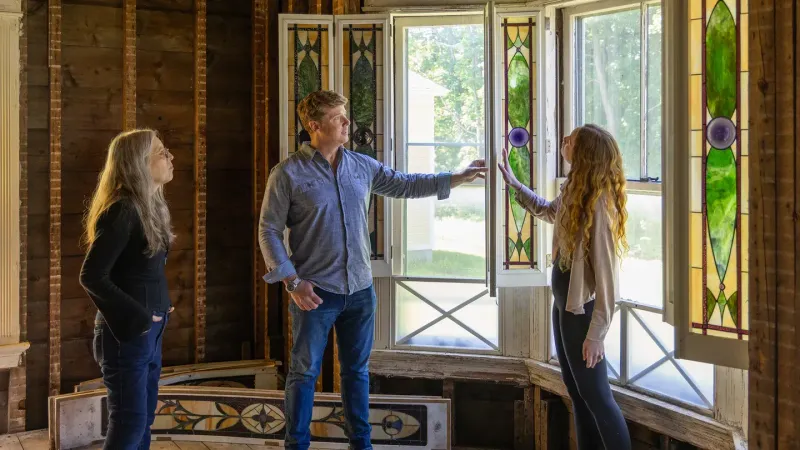
TV families always cry happy tears, but real renovations sometimes disappoint homeowners who expected different results. Design preferences are deeply personal and subjective.
Living with renovated spaces reveals practical problems that photos don’t show. Beautiful designs might sacrifice functionality that families need for daily life.
Buyer’s remorse hits when renovation costs exceed home value increases. Some improvements don’t provide expected returns on investment, creating financial regrets.
19. Contractors Never Make Mistakes
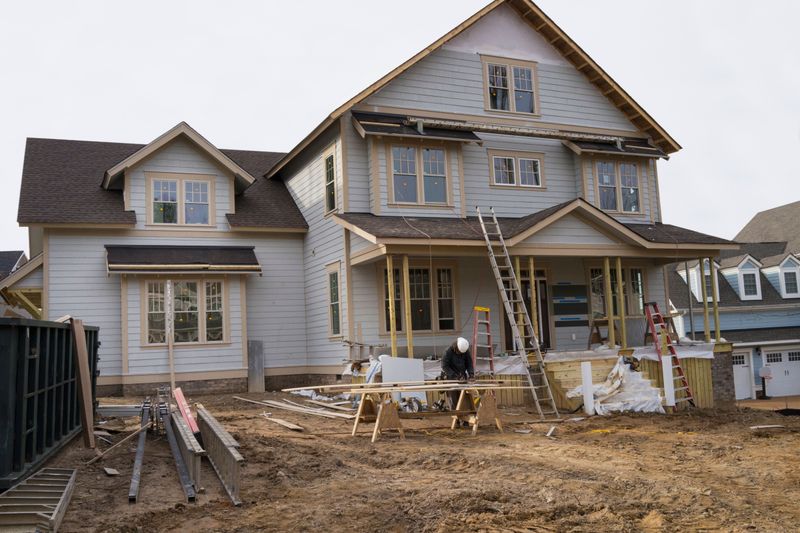
Perfect craftsmanship doesn’t exist in real construction projects. Even experienced contractors make mistakes that require time and money to correct properly.
Communication problems between trades create coordination issues. Electrical work might conflict with plumbing plans, requiring expensive modifications and schedule adjustments.
Quality control requires constant supervision and inspection. Homeowners must stay involved throughout projects to catch problems before they become permanent fixtures.
20. Weather Never Affects Construction
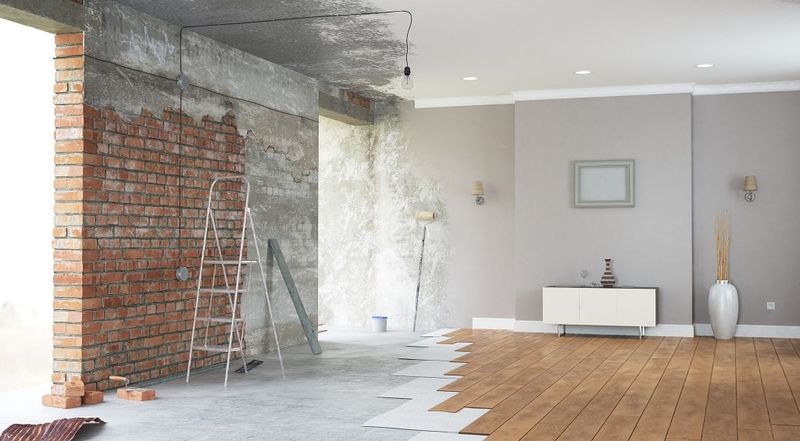
Outdoor construction stops during rain, snow, and extreme temperatures. Roofing, siding, and foundation work require specific weather conditions for proper installation.
Humidity affects paint drying, wood movement, and concrete curing. Interior work slows down when materials can’t acclimate properly to environmental conditions.
Seasonal scheduling becomes crucial for exterior projects. Starting roofing work in late fall might delay completion until spring in many climates.

